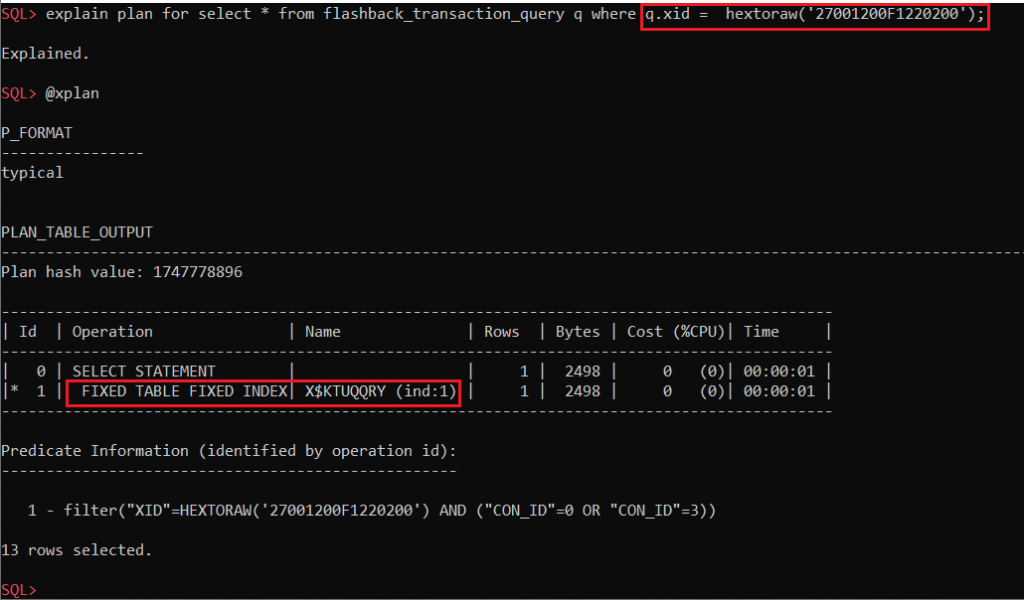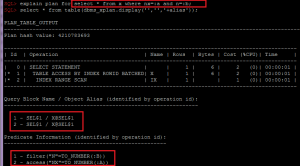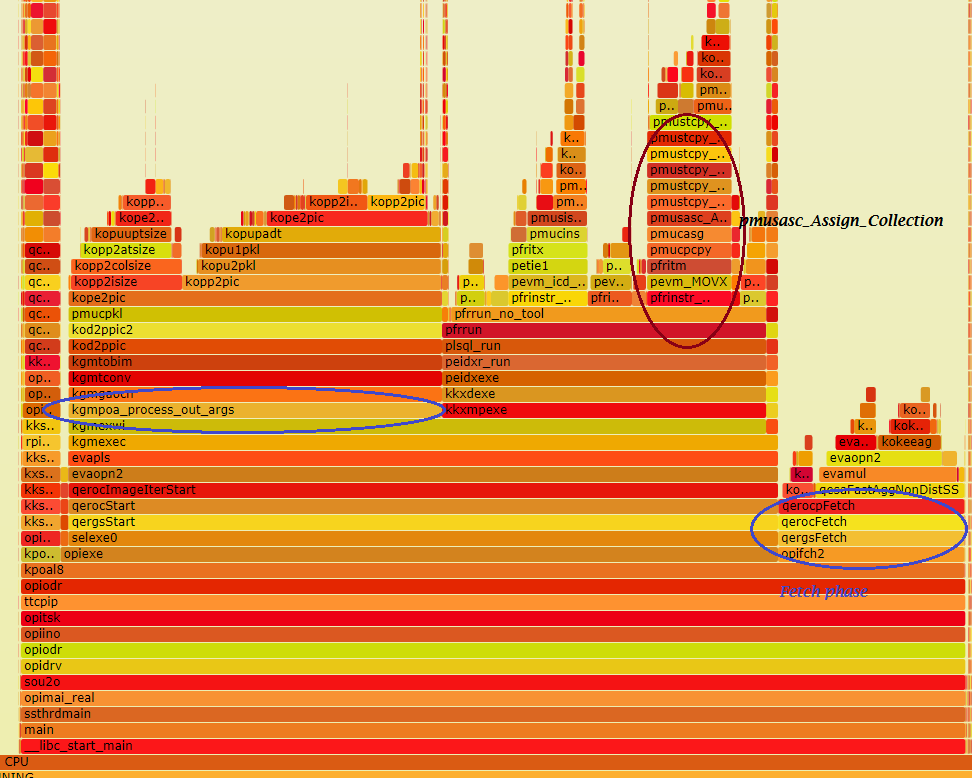Test data:
create table t_str as
select round(dbms_random.value(1e10,9e10)) str from dual connect by level<=1e5
/
PL/SQL variant:
with
function ff(s varchar2) return varchar2
as
type avarchars is table of varchar2(100) index by varchar2(1);
st avarchars;
idx varchar2(1);
res varchar2(10);
function iterate( idx in out nocopy varchar2, arr in out nocopy avarchars)
return boolean
as --pragma inline;
begin
if idx is null
then idx:=arr.first;
else idx:=arr.next(idx);
end if;
return idx is not null;
end;
begin
for i in 1..length(s) loop
st(substr(s,i,1)):=1;
end loop;
while iterate(idx,st) loop
res:=res||idx;
end loop;
return res;
end;
select min(ff(str)) res
from t_str
/
SQL-only variant:
select min(fstr)
from t_str t
cross apply (
select listagg(c) within group (order by 1) fstr
from (select
distinct substr(t.str, level, 1) c
from dual
connect by level <= length(t.str)
)
)
/
Timings:
SQL> create table t_str as
2 select round(dbms_random.value(1e10,9e10)) str from dual connect by level<=1e5
3 /
Table created.
Elapsed: 00:00:00.55
SQL> with
2 function ff(s varchar2) return varchar2
3 as
4 type avarchars is table of varchar2(100) index by varchar2(1);
5 st avarchars;
6 idx varchar2(1);
7 res varchar2(10);
8
9 function iterate( idx in out nocopy varchar2, arr in out nocopy avarchars)
10 return boolean
11 as --pragma inline;
12 begin
13 if idx is null
14 then idx:=arr.first;
15 else idx:=arr.next(idx);
16 end if;
17 return idx is not null;
18 end;
19 begin
20 for i in 1..length(s) loop
21 st(substr(s,i,1)):=1;
22 end loop;
23 while iterate(idx,st) loop
24 res:=res||idx;
25 end loop;
26 return res;
27 end;
28
29 select min(ff(str)) res
30 from t_str
31 /
RES
--------------------------------------------------------------
0123
Elapsed: 00:00:00.48
SQL> select min(fstr) res2
2 from t_str t
3 cross apply (
4 select listagg(c) within group (order by 1) fstr
5 from (select
6 distinct substr(t.str, level, 1) c
7 from dual
8 connect by level <= length(t.str)
9 )
10 )
11 /
RES2
--------------------------------------------------------------
0123
Elapsed: 00:00:01.01
And much easier variant if you need your strings contain digits only:
select min(translate('0123456789', translate('z0123456789','z'||str,'z'), chr(0)))
from t_str






